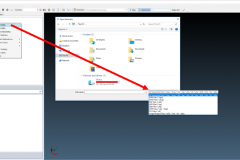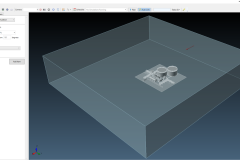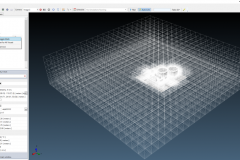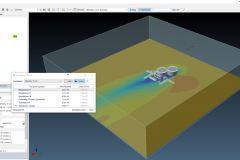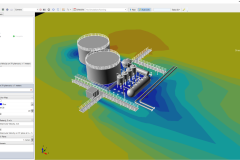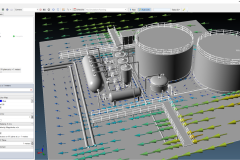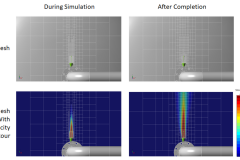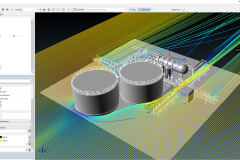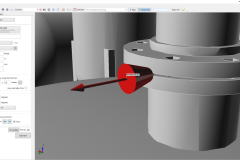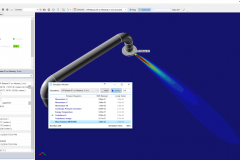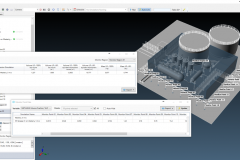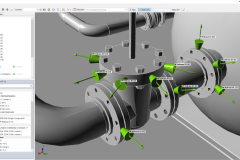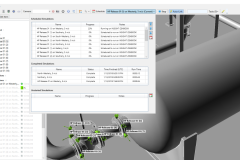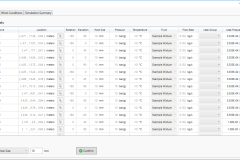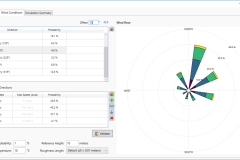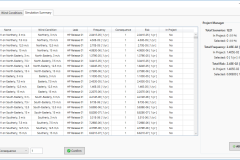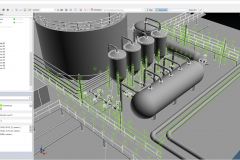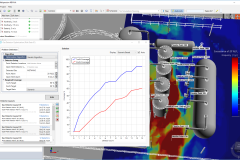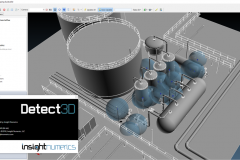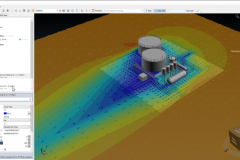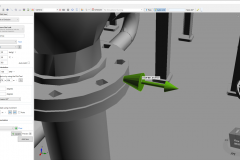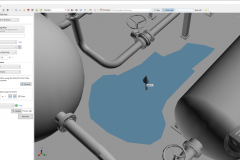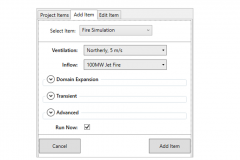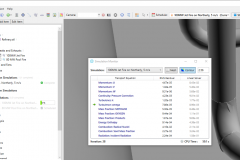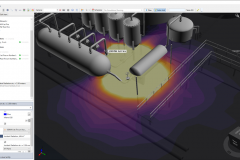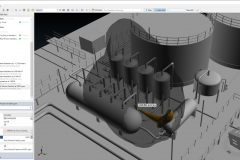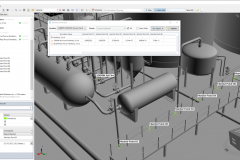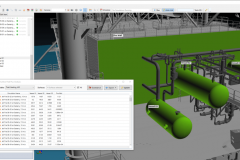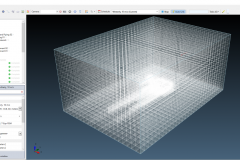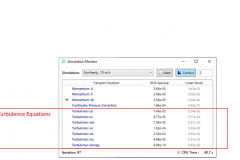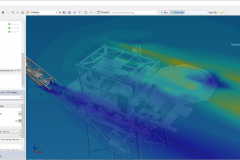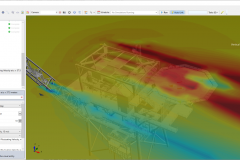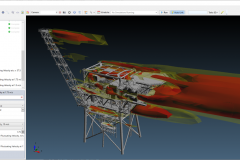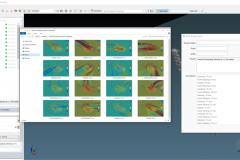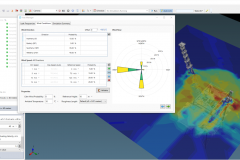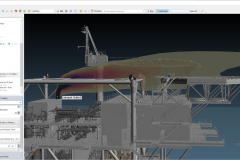in:Flux CFD Dispersion Analysis Project
Insight Numerics’ new fully three-dimensional computational fluid dynamics (CFD) software product. in:Flux is specifically designed for users to carry out ventilation and dispersion simulations without prior CFD knowledge or expertise. The images below show how meshing, boundary conditions and numerical setup is all automated for the simulation of a high pressure methane gas leak.
Risk-Based Gas Mapping and Optimization
A step-change in the industry – now anyone can carry out scenario, frequency and risk-based gas mapping using CFD without the need of super computers or clusters. The following slides showcase the in:Flux interface for assigning leak frequencies, defining a wind rose, and the automatic setup for generation and calculation of the full risk matrix of wind and dispersion cases. Gas detector optimizations can then be run using the completed risk matrix. The Greedy Algorithm or the Genetic Algorithm can be applied to minimize detector counts based on user defined locations while providing appropriate coverage. The gas detector layout can be exported to Detect3D for comparison between scenario and geographic methods.
Fire Modeling
Both jet and pool fires can be simulated in in:Flux to analyze radiation, temperature and soot concentrations using monitors contours and isosurfaces. Monitor surfaces can also be used to review surface heat flux data for completed fire cases. The fire modeling capability comes included at no additional cost and is just as easy to setup as dispersion cases.
Helideck Turbulence Studies
With the build-in Reynolds Stress Transport Model (RSTM), in:Flux can be used for performing helideck turbulence studies to comply with regulations like CAP437 and NORSOK C-004. The Custom Emission inflow option in in:Flux can also be used for analyzing if exhaust emissions would impact helideck operations.
Capability Videos
Being such a visual tool, written descriptions can never truly convey capabilities. Insight Numerics will be releasing a series of videos going over specific features of in:Flux such as meshing, post-processing, etc. Refer back here, sign up for our newsletter, or subscribe at our YouTube Channel to get notified when release the next video in the series.
